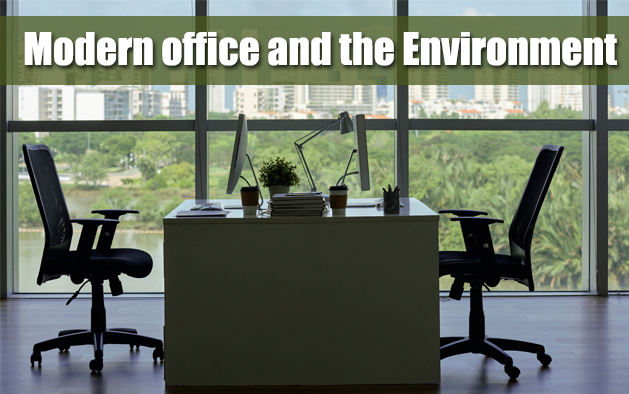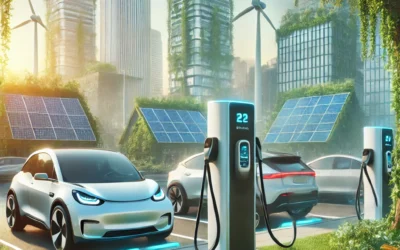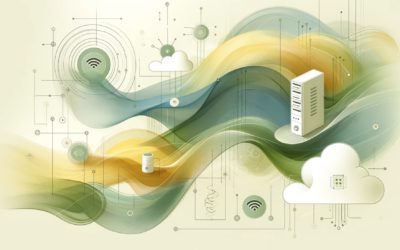Planting your own business is a great way to make yourself known as a conscious and progressive company. What is the first thing? The result is important, and in this case, it is positive both for the environment and for the company itself.
Different directions of “greening” give the general effect:
- Use of alternative energy sources;
- Work with recycled raw materials;
- Correct disposal and composting;
- Greening the workplace;
- Rational use of resources;
- Refusal from harmful substances and materials.
Optimize your utility costs
This way, you not only have a positive impact on the environment but also save money. Start with the simplest of lighting. Install energy-saving lamps instead of incandescent or fluorescent lamps. Determine if the cost of the lamps is offset by energy savings over the lifetime of the lamps. LED luminaires are the optimal solution for the price/savings/life ratio.
If the light bulb is on all the time, even when there is no one in the room, you spend money and contribute to the production of electricity wasted. Motion sensors can help prevent this. Smart sensors turn off the lights when everyone leaves the room. No way to install such sensors? Encourage employees to turn off the lights when there is no one left in the room.
Make sure your water heater is working efficiently and that its heating elements are not hidden under scale and deposits. Give preference to a tankless water heater – usually, offices do not need a constant volume of warm water. Install mixers with an aerator – with the same head they save up to 40% of water.
Install a programmable thermostat to optimize heating and air conditioning costs. Thermostatic elements that change the room temperature depending on the time of day and outdoor temperature will help you save up to 20% of your heat and energy costs.
Remember, wisely invested money = earned money. Invest in alternative energy sources. And although it has become less profitable for individuals to sell their surplus to the general network, innovations will pay for themselves with savings on an operation.
The more energy we save, the less harmful emissions are released into the atmosphere, the less the impact on the climate and the environment as a whole.
Improve air quality in the workplace
Headaches, chronic coughing, asthma, vision problems are all consequences of dry and polluted air in the workplace. What can be done to improve the quality of the air, thus taking care of the employees and their productivity?
1. Maintain normal humidity levels. In any office with computer equipment, the air is dry. Use humidifiers and cleaners to normalize air composition and humidity. They will eliminate invisible dust, pollen, mites and bacteria from our eyes.
2. Filter the air. An air conditioner with a long or missing filter does more harm than good. Make sure that your ventilation system not only refreshes but also does not pollute the air.
3. Pay attention to furniture and flooring. Formaldehyde resins are used in 99% of cases for chipboard and plywood production. Office furniture can emit formaldehyde and cause fatigue, burning in the eyes, difficulty breathing, nausea, sore throat. Eco furniture can be found on this website.
Less paper – more benefits
The average U.S. office worker uses 10,000 sheets of paper per year. In total, 70 million tons (!) of paper and cardboard are consumed annually in this country.
Paperless production has become the norm in the work of many foreign companies. Gradually, some Belarusian enterprises are beginning to come to it as well. According to those who have already replaced a sheet of paper with an electronic document, it is really convenient: the time of preparation, shipment, approval, and approval are reduced. Electronic invoices, orders, and statements help to work faster and keep up with more.
You won’t be able to switch from paper to monitor quickly and definitively. Do it gradually:
– Take an inventory of all documents. Save everything you can electronically. Dispose of paper analogues. Back up all electronic documents for safety reasons.
– Print on both sides of the sheet. If you do not have a legal contract, a two-way printing is appropriate in most cases. This way you can save 50% of your paper!
– Switch to electronic reporting. Receive documents from other organizations electronically. In particular, electronic statements, invoices and payment orders from banks are as reliable as paper ones.



































